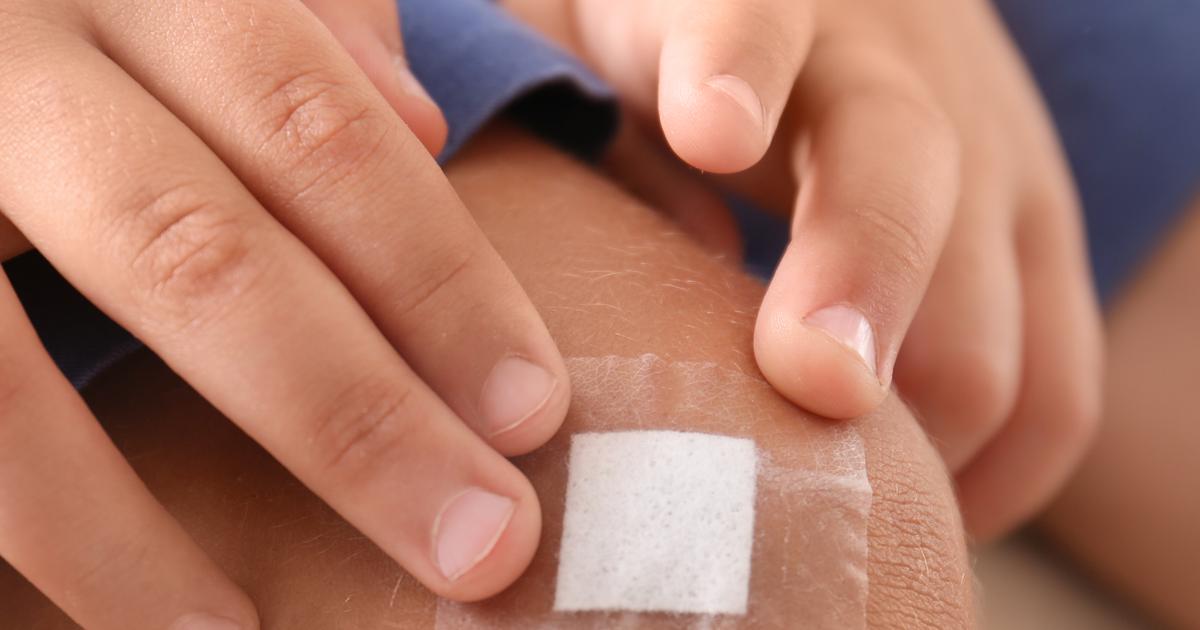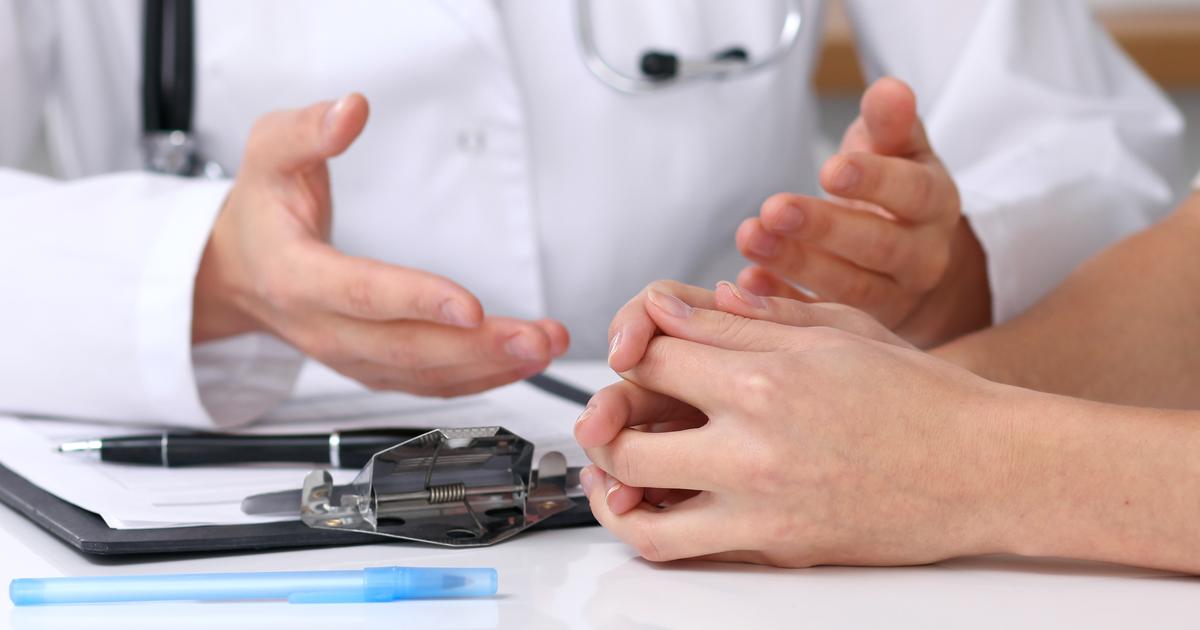How To Treat An Infected Cut
Cuts are breaks in the skin that cause bleeding. Depending on the depth of the cut and the amount of bleeding it triggers, a cut can be a simple injury that responds well to treatment at home. However, if severe bleeding occurs or if the cut is deep or dirty, the patient may need stitches or other treatment at an urgent care facility or hospital. Patients who have any type of cut should be aware of potential signs of infection, including warmth or swelling at the affected site. Two of the major indicators of infection are the presence of pus and the appearance of redness that starts around the edges of the cut and spreads outwards. If these signs occur, the patient should have the cut evaluated by a medical professional.
By following proper wound care procedures, it may be possible to prevent infection. The recommended steps for treating a cut at home are discussed below.
Clean Wound Completely

One of the most important steps in infection control is to clean the wound completely. This should be done immediately after the cut. First, doctors recommend holding the injured area under running water for a few minutes, as this can help reduce or stop bleeding. Next, the skin around the wound should be washed with warm, soapy water and a soft washcloth, and some patients may want to clean the wound by applying an antiseptic spray. To avoid irritation, soap should not be placed directly on the cut itself. Most importantly, doctors advise individuals to never apply alcohol, hydrogen peroxide, iodine, or hand sanitizer to a cut, as this can damage the surrounding tissues and reduce the speed at which the cut heals. When cleaning the wound, patients should check for any dirt or foreign objects embedded in the cut. This is especially important if the cut is deep. While it may be possible to remove small pieces of debris with tweezers at home, it is often safest to have debris removed by a medical professional.
Read more about treating an infected cut now.
Apply Antibiotic Ointment

After cleaning the wound, it can be helpful to apply antibiotic ointment before bandaging the area. These ointments are readily available as over-the-counter medications at drugstores across the United States. Most antibiotic ointments contain three different antibiotics, with neomycin, bacitracin, and polymyxin the most common ones. Some of the newest formulations also contain a mild pain reliever that can help reduce pain at the injured area. Antibiotic creams can generally be applied three to four times a day, and they should be applied in a thin layer and only over small areas of the body. Patients should not use these ointments for cuts on or around the eyes. Due to the possibility of drug interactions, individuals taking aminoglycoside antibiotics, including gentamicin, will need to ask a doctor or pharmacist before using an antibiotic cream.
Keep reading to learn more about treating a cut now.
Change Bandages Regularly

To keep wounds clean and dry, doctors recommend bandages. Most patients use adhesive bandage strips for smaller cuts, and sterile gauze pads might be necessary for larger wounds. It is especially important to bandage wounds on the hands, fingers, and feet, as these areas of the body routinely come into contact with dirt and germs. Patients will need to change bandages regularly to prevent (or treat) infection. Currently, doctors recommend changing bandages for all types of cuts at least once a day. Patients should change the bandage earlier if it becomes wet or dirty. If a wound covers a large area, using a sealed bandage can help prevent or reduce scarring. While changing the bandage, patients should examine the wound for any signs of infection, and they may want to apply extra antibiotic cream. Some individuals find it helpful to use liquid bandages instead of adhesive strips, and these should still be reapplied at least once a day.
Get more details on treating a cut now.
Avoid Picking At The Wound

As wounds heal, patients may notice a slight itching sensation that can be uncomfortable. A crust or scab will typically form over the cut in the later stages of the healing process, and this can be irritating or annoying. While patients may feel the need to scratch or pick at the area, it is very important to avoid picking at the wound if at all possible. Doing so can slow down the healing process, and it could also introduce bacteria into the wound that could cause infection. To reduce the urge to pick at a wound, it is generally beneficial to keep the area covered with a bandage at all stages of the healing process. Patients might want to consider wearing gloves at night to prevent accidental scratching of the wound during sleep. If the wound becomes increasingly itchy or painful, the patient should have it examined by a doctor.
Discover additional options for treating an infected cut now.
Consult A Doctor

While home treatment is generally safe and effective for the majority of cuts, patients do need to consult a doctor for treatment for certain types of cuts. For example, both human and animal bites (even seemingly minor ones) require medical attention, and deep puncture wounds also need professional care. Wounds with jagged edges need to be evaluated by a healthcare professional, and patients should also seek care if they cannot successfully remove dirt from their wound. If glass or other debris is present, the patient might need to have an x-ray, and a tetanus vaccine booster may be required for dirty wounds. To prevent scarring and other complications, medical professional should examine cuts on the face. Doctors advise seeking medical attention if a fever of more than 100.4 degrees Fahrenheit develops after a cut, and the patient needs to inform a physician if the area around the cut feels numb. A wound with gaping edges typically requires stitches, and patients should let a doctor know if they experience any discharge of gray fluid. Instead of using home treatment, patients should consult a doctor immediately for any wound that continues to bleed after ten minutes of firm pressure is applied, and immediate care is necessary for any cut that bleeds in spurts and in cases where blood soaks through a bandage.